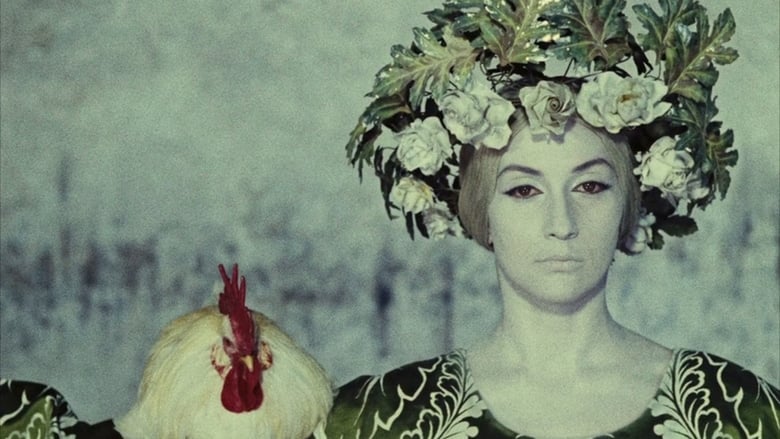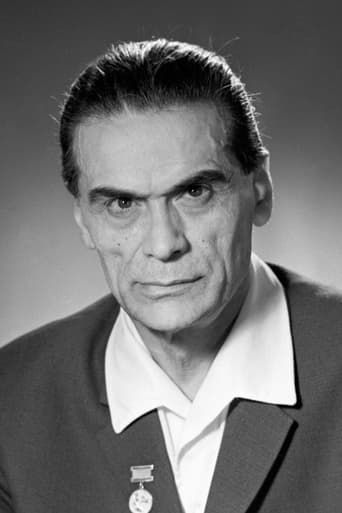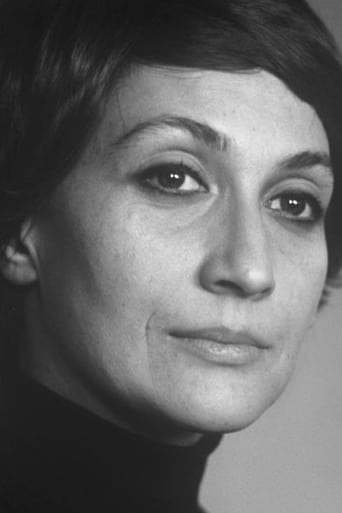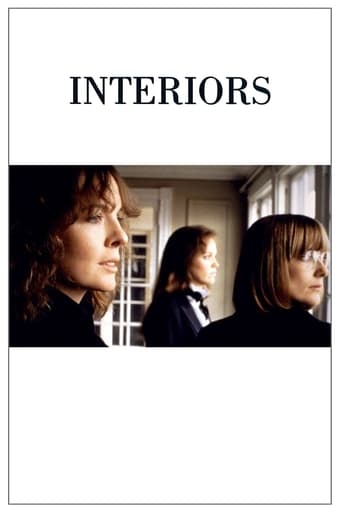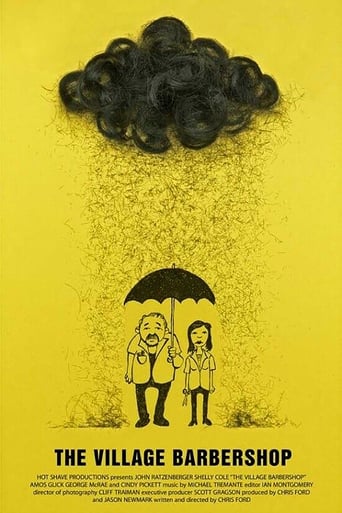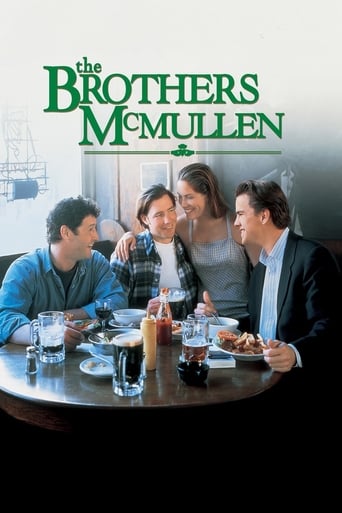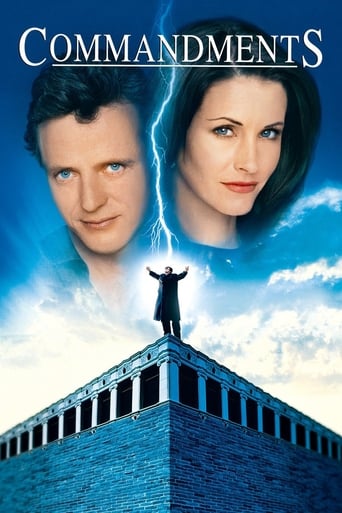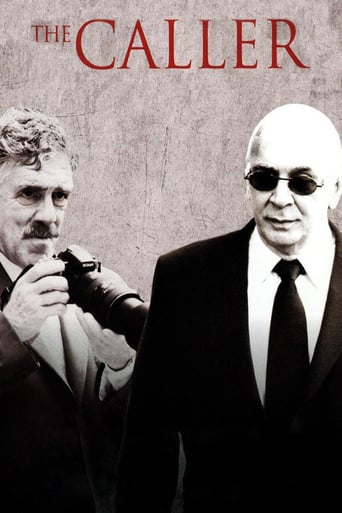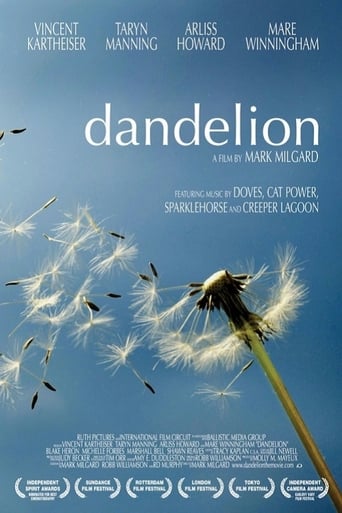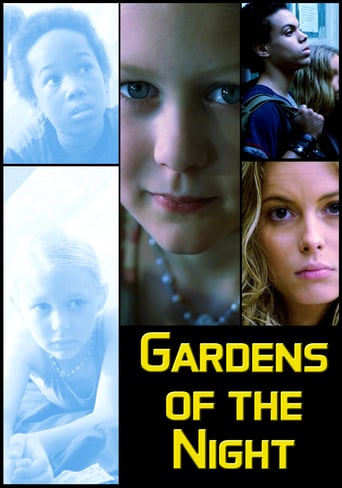The Color of Pomegranates (1969)
The life of the revered 18th-century Armenian poet and musician Sayat-Nova. Portraying events in the life of the artist from childhood up to his death, the movie addresses in particular his relationships with women, including his muse. The production tells Sayat-Nova's dramatic story by using both his poems and largely still camerawork, creating a work hailed as revolutionary by Mikhail Vartanov.
Watch Trailer
Cast


Similar titles
Reviews
Why so much hype?
just watch it!
A movie that not only functions as a solid scarefest but a razor-sharp satire.
The movie's not perfect, but it sticks the landing of its message. It was engaging - thrilling at times - and I personally thought it was a great time.
The Color of Pomegranates looks great. Director Sergei Parajanov films textures so they pop out of the screen as much as two dimensional images can. This film's strengths are first and foremost visual. There is not much of a story in a traditional sense, nor is Parajanov interested in providing one. Whether this is a problem depends on whether the individual viewer is receptive to Parajanov's intent. The film follows the life of one man. We begin with this boy as a curious, young man in an Armenian village whose primary business involves mats (dyeing, washing, and hanging them). From there, the boy becomes a young man and joins a group of performers. The young man mimes his roles for an unseen audience. Next, our protagonist is older, in his thirties, and living in a monastery. He does much of the physical work at the monastery, but this viewer remained uncertain if the character was actually a priest. Finally, the man is older still (in his fifties), still residing at the monastery yet remaining distant from the other residents. He mostly wonders around outside, much as he did as an imaginative boy in the film's first section. This man is supposed to be an Armenian poet, but he is never shown writing. However, the film often transitions between sequences with a few poetic lines, which one assumes belong to the protagonist, it is not always clear how the verse applies to the images. That brings up back to the images. The film contains some eye popping ones. My personal favorite is in the first section, when as a boy, the protagonist climbs up to a roof to read a large book. On the roof and the adjourning slanted roofs are dozens of open books apparently drying. The image conjures up something magical about the printed word, books as sacred items. I have watched The Color of Pomegranates twice over a period of seventeen years. I have admired, and liked, it both times, yet I am still not quite converted to its greatness. I don't understand much of the film. This might be on account of my utter ignorance of Armenian history and folklore. Also, I tend to prefer my images in the context of a film with more of a narrative (Eraserhead, Orpheus, Stalker). This second reason may be why I prefer Sergei Parajanov's earlier film Shadows of Our Forgotten Ancestors to this one. Regardless, every film fan should watch The Color of Pomegranates once. I will probably return to the film again at some point. Maybe then I will find the film to be the masterpiece of cinema that I have read.
For those who need an American equivalent to compare to, it is similar to the work of Brakhage or Anger, the American experimental filmmakers.It is not Hollywood in that the movie does not rely on a plot, although there is a semblance of one present in this particular movie. The life and poetry of Sayat Nova, the great Medieval Armenian Troubadour, albeit abstractly, is the basis for all the images presented. It is also not Hollywood in that there is no dialog. The interest rests in the unforgettable and arresting images, lovingly created and edited together in the manner of Eisenstein. So in this regard it has more in common with silent film.Yes, this is an abstract film. Yes, it is pretentious. But what is wrong with that? Prtensious is, after all, what most call something that they have a hard time understanding. Make no mistake, this is an art film to the extreme. A film whose primary concern is not to entertain, but rather to express Parajanov's personal view of Sayat Nova,and more importantly, to preserve to film the medieval Armenian culture which was almost completely eradicated in the Armenian Massacre of 1915 at the hands of the Turkish Empire. This film is historically important for this reason alone. The fact that Parajanov was imprisoned by the Russian Government for not conforming to the strict Social Realist code of film underscores this point. This film was a slap in the face to Communist Russia which wanted to erase the old traditions. There is nothing much you have to get to enjoy this film, except to marvel at images inspired by an ancient little known culture. There is a lot of beauty in these images which probably seem so foreign and alien to Westerners. That is the point. That is the effect that I believe Parajanov is after. Those that don't get it either lack patience and subtlety, or are under the mistaken assumption that good films must follow the American Hollywood script model. The latter would be making the same mistake as the Russians who put Parajanov in the Gulag. No one who as seen even a bit of this film, could deny that it is unforgettable. And that is what to me makes a good film.
When watching this movie , one has to let loose everything that applies to 'normal'cinema. Just sit , watch and undergo this excellent and magnificent piece of visual art. For me , a Westerner with no knowledge whatsoever of Armenian History/poetry the visuals are very stunning and could have come from another Galaxy for that matter... but what a beauty is presented in this stunning pallet of images ! I know nothing of the Poet who's life is supposedly depicted here , but i don't feel that as a necessity ... Truly original cinema is made here by Paradjanov... A stunning experience is presented to everyone who is able to ' let loose ' and undergo the beauty of this 80-minute wonder ! Be taken by it and be blessed when you saw it ! One of THE most impressive Movies i'v ever watched...a religious experience!
The Color of Pomegranates (made in 1968, and also released under the name Sayat Nova) is not really a conventional movie. It is more like a series of tableaux "inspired" by 18th century Armenian poet Nova. It is nonetheless fascinating, and should be required viewing for anybody interested not only in Armenian culture but in cinema in general (or, if you wish, the visual arts). This movie has inspired many artists, including some music videos (admittedly not among the arts' highest form), including REM's "Losing my Religion" and Deep Forest's "Sweet Lullaby. There is a heavy homo erotic subtext to many of the tableaux, and as a matter of fact, Paradjanov would later spent several years in jail in the Soviet Union accused, among other things, of homosexuality. Though released under international pressure, it would take him another 16 years to make another movie, shortly before his untimely death in 1990.


